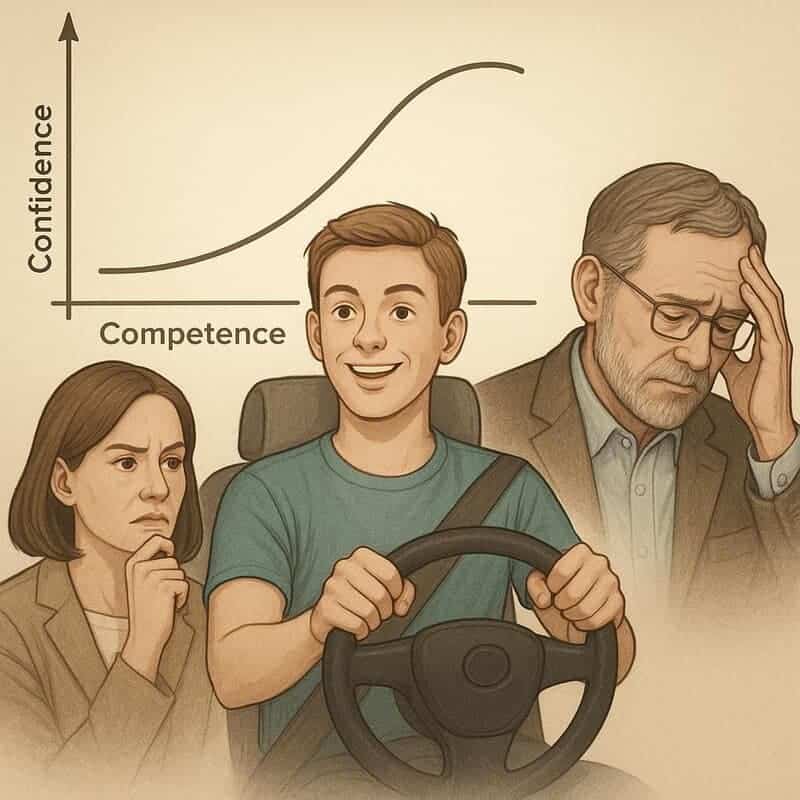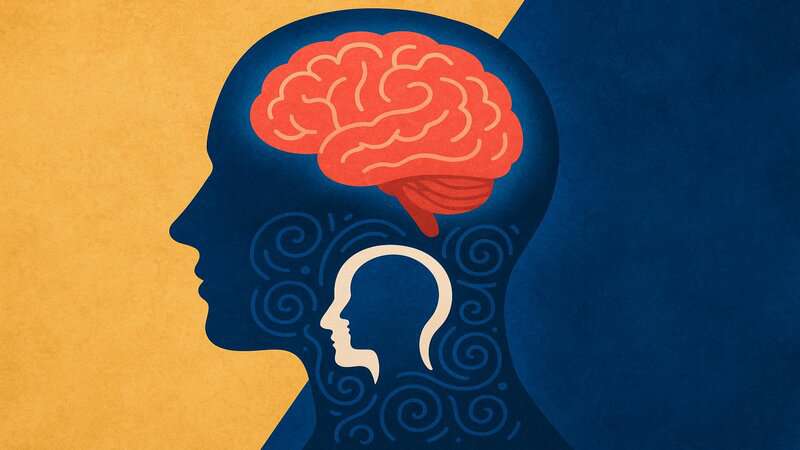The unseen forces of psychology shape our thoughts, behaviors, and everyday interactions, often without our conscious awareness.
Many psychological effects subtly influence decisions, color perception, and impact emotions, playing a profound role in daily life.
Frequently, you may find yourself reacting or making choices that feel automatic or even inexplicable.
Understanding these hidden effects can shed light on the patterns and responses that guide us.
As we explore these phenomena, you’ll discover just how much your mind works behind the scenes, quietly steering your experiences.
1. The Spotlight Effect

The spotlight effect is the tendency to overestimate how much others notice your appearance or actions.
You might feel as if all eyes are on you after making a small mistake, but in reality, most people are too focused on themselves to pay close attention.
This effect can cause unnecessary self-consciousness or social anxiety.
Research from Cornell University highlights just how common this bias is in daily life.
2. Confirmation Bias

Confirmation bias is our natural tendency to seek out and give more weight to information that supports what we already believe, while discounting or ignoring evidence that challenges those beliefs.
This psychological effect can subtly shape political opinions, scientific reasoning, and even daily choices.
For example, you might recall only news stories that align with your perspective, reinforcing your existing worldview.
Psychology Today offers deeper insight into how confirmation bias operates.
3. The Dunning-Kruger Effect

The Dunning-Kruger effect describes how people with limited knowledge or skill in a particular area often overestimate their competence, while true experts may doubt themselves.
For instance, a new driver might feel unusually confident, not realizing their lack of experience.
This disconnect between perceived and actual ability is surprisingly common.
Explore the original research in the Journal of Personality and Social Psychology.
4. The Halo Effect

The halo effect is a bias where a positive impression in one area—such as appearance—unfairly influences opinions in other areas, like intelligence or competence.
For instance, attractive individuals are often assumed to be more capable.
This effect can subtly sway hiring decisions and social judgments.
Harvard Business Review explores how the halo effect shapes workplace outcomes.
5. Bystander Effect

The bystander effect occurs when people are less likely to intervene in emergencies if others are present, often assuming someone else will help.
This phenomenon can lead to inaction, even in dire situations, as seen in the tragic case of Kitty Genovese.
The bystander effect highlights important questions about social responsibility and group behavior.
Discover more about this effect at Verywell Mind.
6. Anchoring Bias

Anchoring bias is a psychological effect where you rely too much on the first piece of information you encounter—known as the “anchor”—when making decisions.
For example, an initial price set during negotiations can strongly influence what follows, even if it’s arbitrary.
This bias impacts everything from shopping to salary discussions and major purchases.
Learn more about how anchoring shapes choices at Investopedia.
7. The Zeigarnik Effect

The Zeigarnik effect reveals why unfinished tasks tend to linger in your mind more than completed ones.
This phenomenon, named after psychologist Bluma Zeigarnik, explains those nagging thoughts about incomplete projects or chores.
Our brains keep tabs on what’s left undone, often prompting us to finish what we started.
Psychology Today offers further insights into this intriguing effect.
8. The Pygmalion Effect

The Pygmalion effect describes how higher expectations can actually lead to better performance.
For example, when teachers believe their students will excel, those students often rise to meet those expectations.
This phenomenon isn’t limited to classrooms; it’s also observed in workplaces and leadership scenarios.
The Pygmalion effect highlights the power of belief and encouragement.
Find more details at Britannica.
9. Social Loafing

Social loafing refers to the tendency for people to put in less effort when working as part of a group than when working alone.
This effect is especially noticeable in team projects or collaborative tasks in the workplace.
Being aware of social loafing can help boost productivity by encouraging individual accountability and clear roles.
Learn more from the APA Dictionary of Psychology.
10. The False Consensus Effect

The false consensus effect is the tendency to overestimate how many people share your opinions, beliefs, or behaviors.
This cognitive bias can create misunderstandings and even social tension, as we assume others think just like us.
Recognizing this effect can lead to more open-minded and respectful interactions.
Discover more at Simply Psychology.
11. The Mere Exposure Effect

The mere exposure effect is a psychological phenomenon where repeated exposure to something makes you more likely to prefer it.
This explains why familiar songs, faces, or brands often become favorites over time.
Even subtle, repeated encounters can shape your preferences without you realizing it.
Explore more about this effect at ScienceDirect.
12. The Placebo Effect

The placebo effect describes real, measurable improvements in health or well-being that occur simply because someone believes they are receiving effective treatment—even if the treatment is inactive or a “sugar pill.”
This powerful psychological effect is frequently observed in clinical trials and medical studies.
Belief alone can sometimes trigger genuine changes in symptoms or perception.
The National Institutes of Health provides further explanation.
13. Cognitive Dissonance

Cognitive dissonance is the mental discomfort experienced when you hold two conflicting beliefs, attitudes, or behaviors at the same time.
To ease this tension, people often change their attitudes or come up with justifications for their choices.
This effect plays a crucial role in decision making and attitude adjustment, often operating below conscious awareness.
Learn more from Verywell Mind.
14. The Pratfall Effect

The pratfall effect shows that when a generally competent person makes a minor mistake, it can actually increase their likability.
This surprising bias is often harnessed in marketing campaigns and public speaking to make leaders or brands seem more relatable.
Psychology Today explains how vulnerability can sometimes be a social asset.
15. The Barnum Effect

The Barnum effect is the tendency for people to accept vague or general personality descriptions as uniquely applicable to themselves.
This often explains the appeal of horoscopes, fortune telling, and many online personality quizzes.
The statements feel personal, even though they could apply to almost anyone, leading to a false sense of accuracy.
Learn more about this fascinating bias at Britannica.
Conclusion

The psychological effects explored above quietly guide our perceptions, choices, and relationships every day.
By becoming aware of these hidden influences, you empower yourself to make more thoughtful decisions and engage with others more empathetically.
Understanding these effects isn’t just fascinating—it’s practical knowledge for navigating life’s complexities.
Take time to notice these patterns in your own experiences.
Awareness is the first step toward greater self-understanding and more meaningful connections with those around you.
.article-content-img img { width: 100% }



Vielleicht interessiert es Sie:
Wussten Sie! Minensuchratten auf dem Schlachtfeld und sie sind super effektiv!
Wie viele Giraffenarten gibt es? Leben sie alle in Afrika?
Der Vogel ist das Weibchen der Vögel: wahr oder falsch?
Warum bauen Biber Dämme? Welchen Nutzen?
Warum leben manche Tiere nachtaktiv? Welche Vorteile?
Küssen Tiere? Ist das die gleiche Bedeutung wie Menschen?
200+ Hilarious Seahorse Jokes That Will Make You Smile and Giggle
200+ Funny Investment Jokes to Boost Your Financial Humor Game